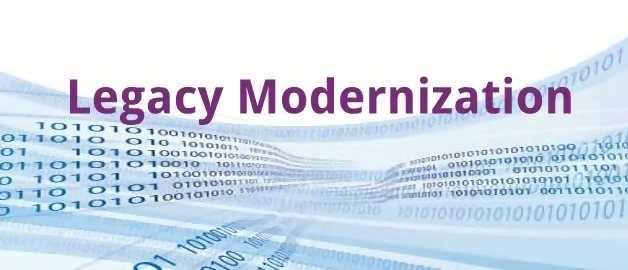Search posts by keywords:
Filter posts by author:
Related Reports
Related NEAT Reports
Other blog posts
posted on Nov 29, 2016 by Andy Efstathiou

At HCL’s recent adviser and analyst event, #HCLBigLeap, I spoke with their banking industry executives about HCL’s strategy and activities designed to drive application maintenance and modernization services, and specifically about the key ISV partnerships that are enabling this.
Background
HCL was founded in 1976, and had a strong focus on manufacturing during its first two decades. HCL Technologies was spun off as the enterprise’s software services and information technology company in 1991, and was listed in 1999. Application services, which includes AMD services, has been HCL’s largest service offering by revenues until Q2 FY 2017 (ended September 30, 2016). However, application services has faced slowing growth due to declining demand for ERP deployment. HCL is mitigating that revenue loss with expanded application modernization services, which is of particular interest in the financial services industry.
Key partnerships underpinning application modernization drive
HCL has pursued a strategy over the past 35 years of creating joint ventures and alliances with key partners such as Hewlett Packard, Cisco, Perot Systems, Deutsche Bank, and NEC Corporation, amongst others, to drive strategic growth.
Recently, HCL has set up JVs and partnerships with banking industry software vendors to drive application maintenance and modernization services targeting the widely adopted legacy platforms used by global financial institutions. By helping global banks modernize their legacy platforms, HCL hopes to expand its banking client base and develop domain expertise on the custom legacy platforms within these banks.
Current partnerships include CSC and Infor:
CSC
In July 2015, HCL and CSC formed a joint venture, CeleritiFinTech, in which HCL contributes engineering capabilities to provide modernization services for Hogan platform, CAMS II, PTS, and EarlyResolution. Specifically, HCL has developed source code documentation capabilities that can document complex COBOL mainframe source code. This documentation is useful for deconstructing the code so as to be able to isolate components relevant to a specific function, and thereafter apply incremental modernization techniques such as API, exposing business logic, data, etc. From this, it is possible to identify any customizations that have been made to the code, and identify how to change code or insert new modules and subroutines as banks modernize their applications. Alternatively, this capability can be used to diagnose bugs in new code. APIs so developed can be reused in deploying standard FinTech functionality.
As part of the JV, HCL has recently finished mapping the original source code, and in Q4 2016 will be rolling out app modernization services to the ~100 CSC banking clients using CSC banking solutions
Infor
In June 2015, Infor & HCL announced a strategic partnership. This collaboration will help to expand implementation, development and support resources for Infor customers across all geographies through HCL’s local operations in ~30 countries. As part of the alliance, HCL will build a practice specifically to support key Infor products, including Infor M3 and Infor Lawson Enterprise Financial Management, dedicating ~500 employees to work exclusively with the Infor ecosystem. The company’s resources and expertise combined with Infor’s applications will promote faster and more effective responses to market opportunities, which is expected to serve as a catalyst for growth for both organizations.
Summary
Banks are challenged to modernize legacy systems, primarily those based on the COBOL language, where source code documentation and skilled programmers are in limited supply. At the same time, banks are under pressure to modernize from:
- Regulators, who are demanding compliance for new regulatory frameworks
- Competitors, many startups, who are delivering digital banking services that did not exist in the past.
HCL’s ISV partnerships are enabling it to reduce time to market and cost to deploy new functionality or remedy existing software. These initiatives provide HCL with a large installed base of established banks with which they can pursue AMD services. This has required large investments (tens of millions of dollars in each case) to map the code, but it should pay commensurate dividends over the next ten years, as banks cannot re-platform in the current business environment, if ever. HCL intends to expand this initiative as opportunities present themselves.
